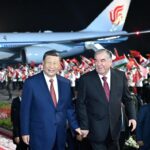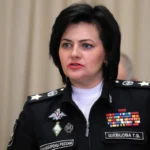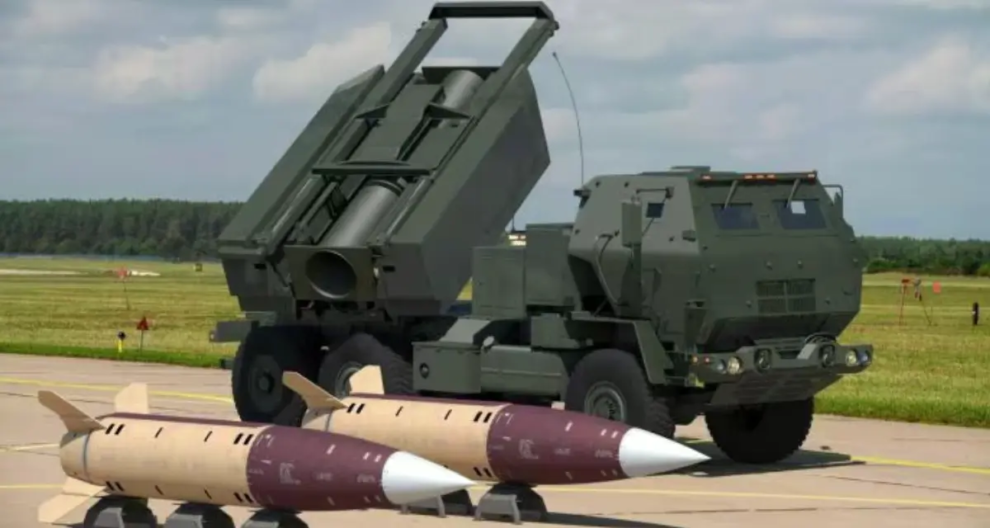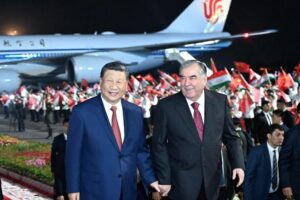Experts from the Institute for the Study of War (ISW) analyzed what consequences Ukraine’s ability to use long-range ATACMS missiles would have for the Russians – it would pose a threat to Russian aviation and enemy ammunition depots in the rear.
Details : The report states that Ukraine first used US-provided ATACMS long-range missiles to strike Russian targets in its occupied territories on October 17.
The Wall Street Journal and other Western media confirmed on October 17 that the US had “secretly” provided Ukraine with ATACMS missiles with a range of 165 km in recent days, and reported that Ukrainian troops had already used ATACMS missiles to strike airfields in occupied Berdyansk Zaporozhye region and Lugansk, occupied by Russia.
Ukrainian President Volodymyr Zelensky also said in an Oct. 17 address that ATACMS “have proven themselves well,” but did not directly confirm their use in these strikes.
Analysts note that the US likely transferred ATACMS systems secretly to provide operational surprise to Ukrainian forces, and the general shock in the Russian information space suggests that Ukraine has achieved the desired effect.
They also add that the likely dispersal of Russian aircraft to airfields throughout occupied Ukraine and the movement of air assets further from the front line will likely disrupt Russian air support for defensive efforts and local offensive operations.
Relocating aircraft to airfields further in the rear could impact the downtime Russian aircraft need to support operations.
This, experts suggest, will be especially difficult for Russian helicopters, which have been operating for long periods on relatively small sectors of the front to weaken the advancing mechanized forces of Ukraine at the start of the counter-offensive in June and July 2023. Spreading air assets across more airfields will also likely create greater problems for the Russian Aerospace Forces in coordinating and supporting operations.
The emergence of long-range missiles also poses a significant threat to Russian ammunition depots in rear areas and will likely force the Russian command to choose between strengthening existing depots and further dispersing depots throughout occupied Ukraine.
Key ISW findings for October 17 :
- Ukraine first used US-provided ATACMS long-range missiles to strike Russian targets in occupied territories on October 17.
- Ukrainian strikes on operationally important Russian airfields in Ukraine will likely force the Russian command to disperse air assets and relocate some aircraft to airfields far from the front line.
- The Russian military has consistently demonstrated that it can adapt to new Ukrainian strike weapons, but only after suffering the first and noticeable losses from Ukrainian weapons, for which the Russian command would have to realistically prepare.
- The emergence of long-range ATACMS missiles also poses a significant threat to Russian ammunition depots in rear areas and will likely force Russian commanders to choose between fortifying existing depots or further dispersing depots throughout occupied Ukraine.
- Concerns about the use of ATACMS are spreading in the Russian information space, and Russian concerns about the possibility of future strikes are likely to influence Russian commanders’ decision-making.
- Ukrainian troops continued counter-offensive operations and advanced near Bakhmut and in the west of the Zaporozhye region.
- Russian troops continued offensive operations on the Kupyansk-Svatovo-Kremennaya line, near Bakhmut, near Avdeevka, southwest of Donetsk, in the border zone of the Donetsk and Zaporozhye regions, in the west of the Zaporozhye region, and also advanced forward on individual sections of the front.
- Russia continues to take steps aimed at legitimizing the inclusion of volunteer formations in the Russian Guard.
- The Russian Orthodox Church continues efforts to consolidate control over Orthodox dioceses in the occupied territories of Ukraine.
- Russian President Vladimir Putin held bilateral talks with Hungarian President Viktor Orban and Mongolian President Ukhnaagiin Khurelsukh in Beijing on October 17.
Source : Українська Правда
















